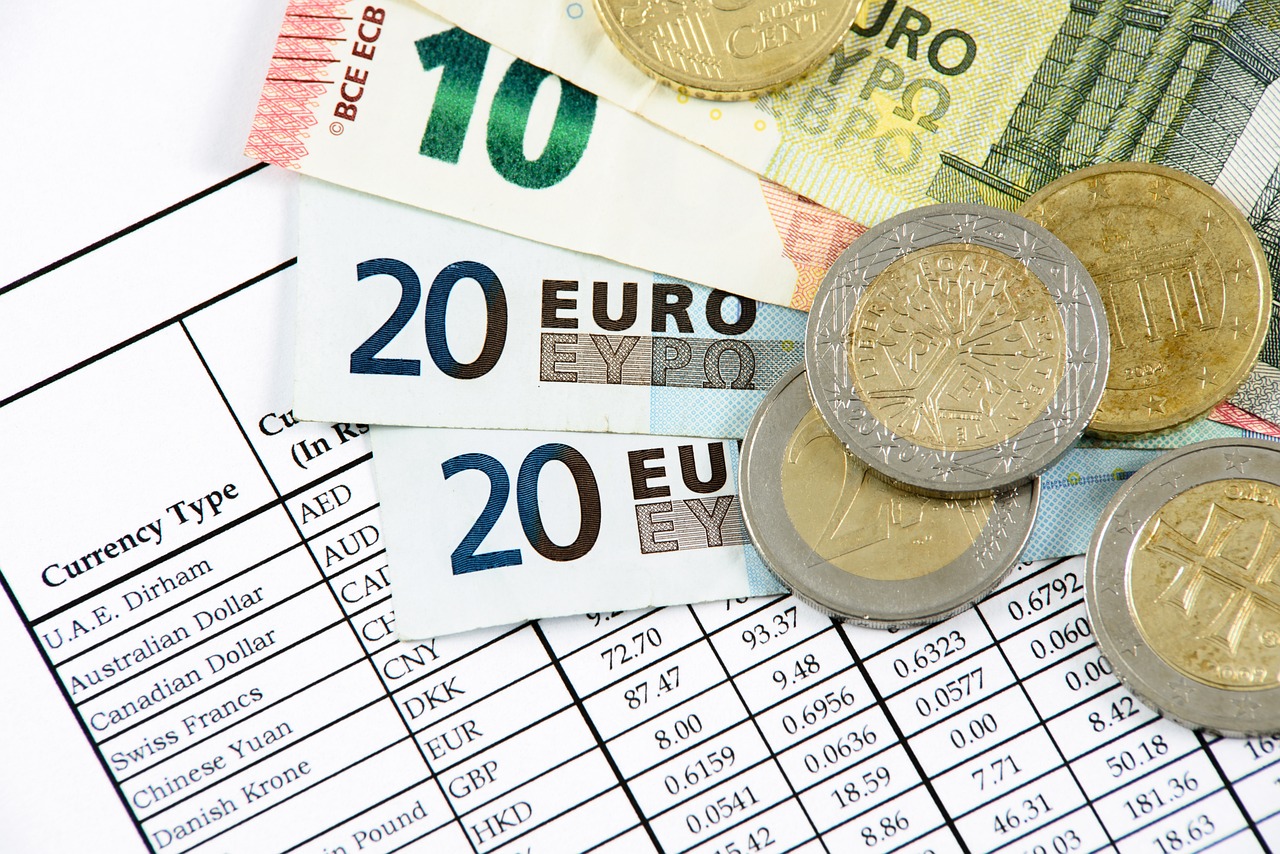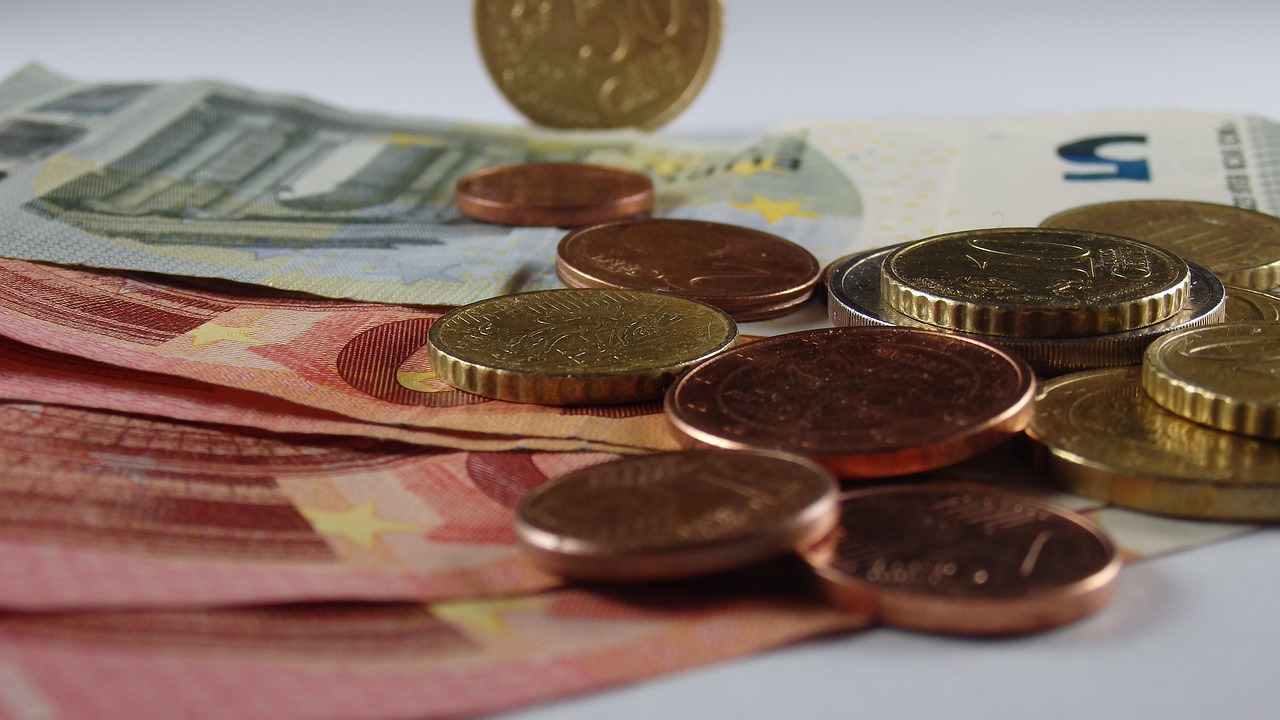Impact of US Markets on Guatemalan Quetzal: Exchange Rates, Inflation, and Currency Trading
GPT_Global - 2025-11-01 19:30:49.0 131
What is the central bank's role in setting the USD to Quetzal exchange rate?
The central bank plays a key role in influencing the USD to Quetzal (GTQ) exchange rate, which is vital for Guatemala’s remittance economy. As millions of Guatemalans abroad send money home, the exchange rate directly impacts how much families receive in local currency. The Banco de Guatemala manages monetary policy and intervenes in the foreign exchange market to maintain stability and prevent excessive fluctuations.
While the USD/GTQ rate is largely determined by market forces such as supply and demand, the central bank ensures that the rate remains within a sustainable range. It monitors inflation, adjusts interest rates, and occasionally buys or sells foreign currency to balance the market. This helps protect the purchasing power of remittance recipients.
For remittance service providers, understanding the central bank’s policies is essential. A stable exchange rate encourages trust and predictable transfer values for customers. By staying informed about Banco de Guatemala’s exchange rate interventions, remittance businesses can optimize pricing strategies, offer competitive rates, and provide more value to families relying on international money transfers.
What is the difference between buying and selling exchange rates for USD to Quetzals?
When sending money from the United States to Guatemala, understanding exchange rates is essential. One key aspect to grasp is the difference between buying and selling exchange rates, especially for USD to Quetzals. These rates can directly impact how much your recipient receives, and the overall cost of your transaction.
The buying exchange rate refers to the rate at which the remittance provider buys USD from you. This is typically a lower rate, meaning you’ll get fewer Quetzals for each US Dollar you exchange. On the other hand, the selling exchange rate is the rate at which the provider sells Quetzals to your recipient. This rate tends to be higher, giving your recipient more Quetzals for the same amount of USD.
For remittance businesses, understanding the differences between these rates is crucial. It helps ensure that both the sender and the recipient get the best possible deal while maintaining transparency in the transaction process. Providers often make a profit from the difference between the buying and selling rates, so it’s always wise to compare rates before making a transfer.
By choosing the right remittance service, you can maximize the amount your loved ones receive, ensuring a more efficient and cost-effective transfer.
About Panda Remit
Panda Remit is committed to providing global users with more convenient, safe, reliable, and affordable online cross-border remittance services。
International remittance services from more than 30 countries/regions around the world are now available: including Japan, Hong Kong, Europe, the United States, Australia, and other markets, and are recognized and trusted by millions of users around the world.
Visit Panda Remit Official Website or Download PandaRemit App, to learn more about remittance info.



